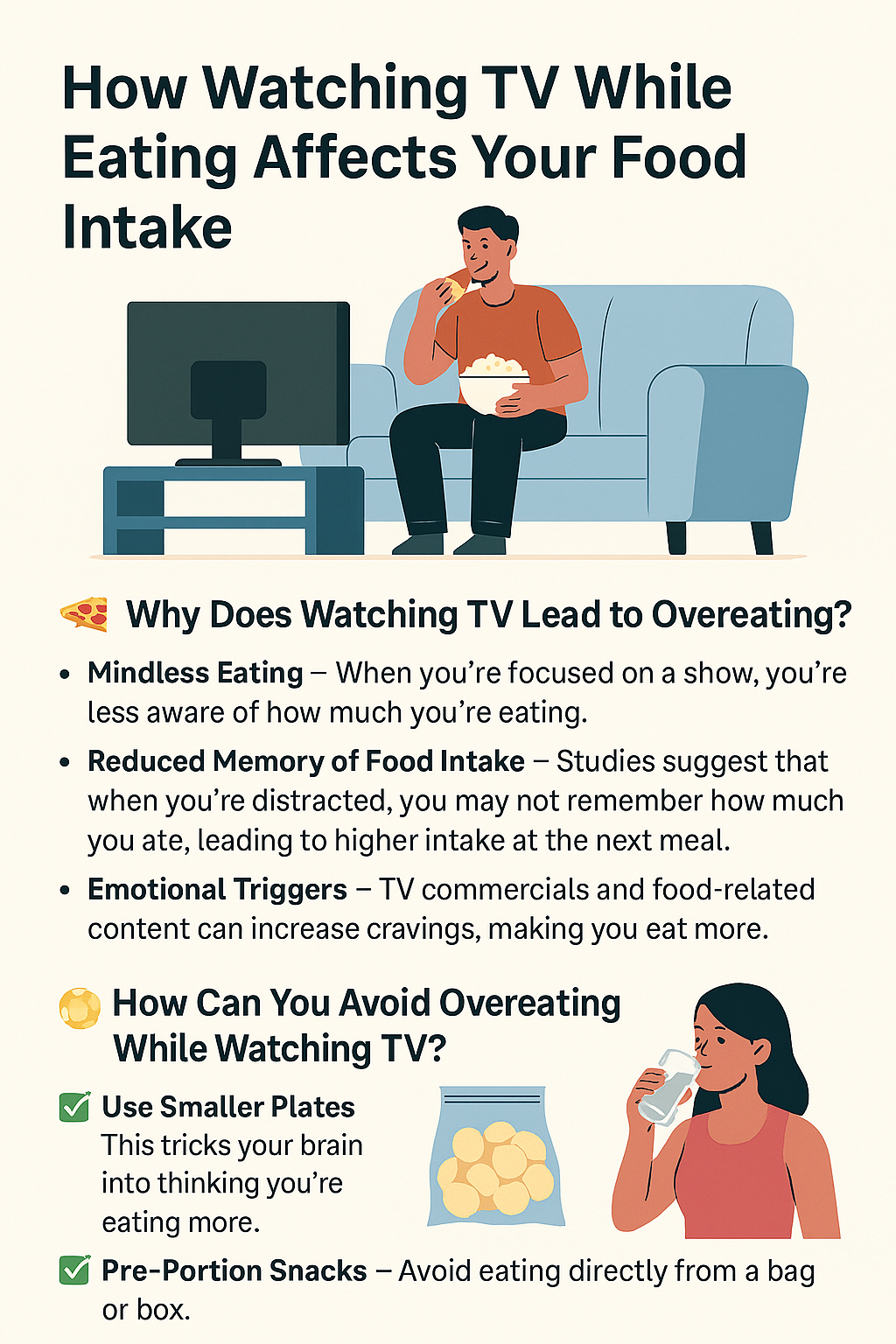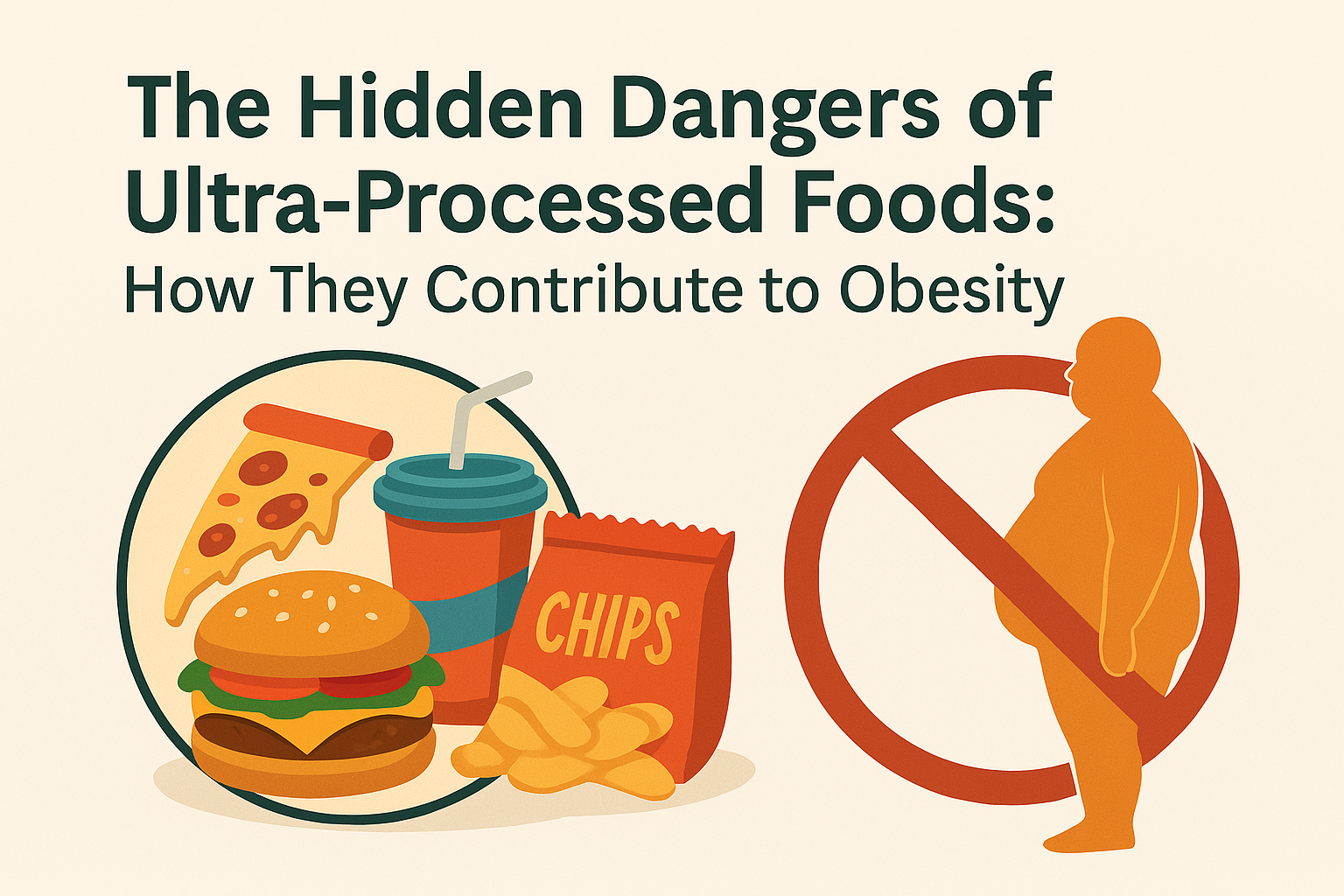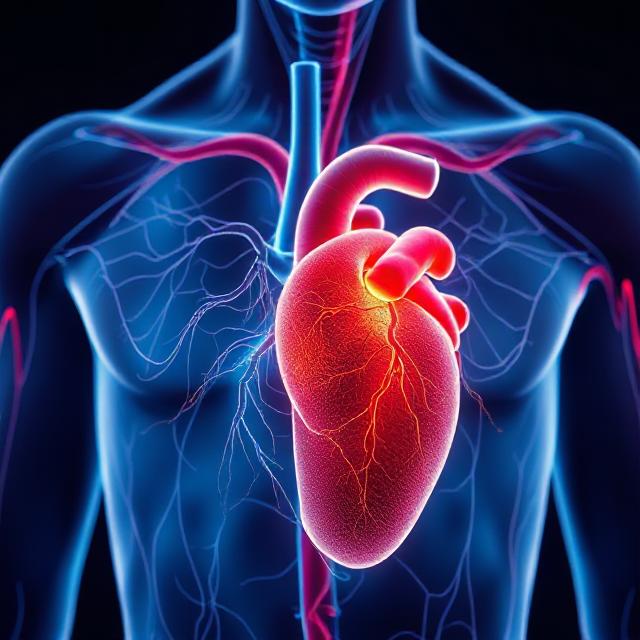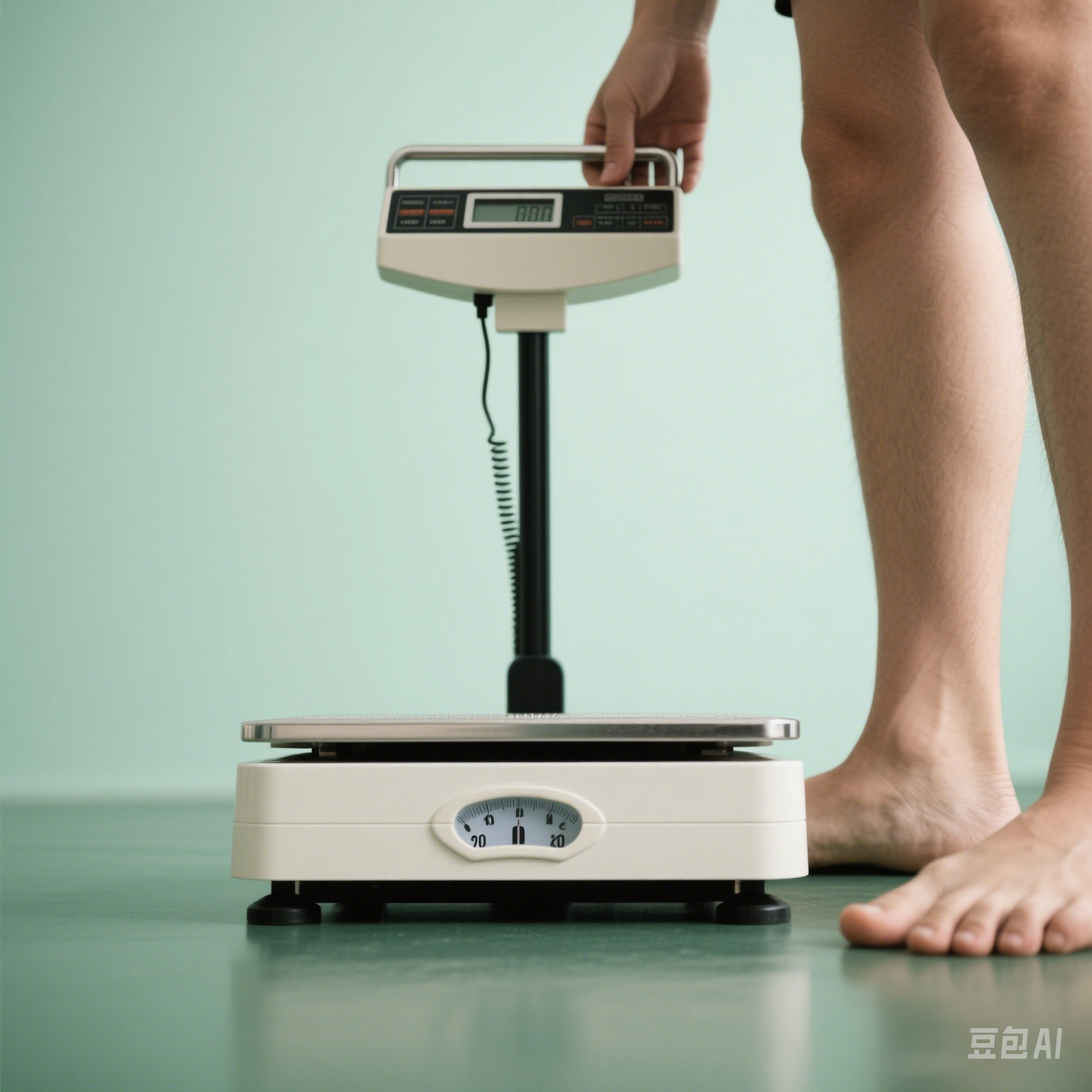Understanding Body Fat: It’s Not Just About Looks
Body fat often gets a bad reputation—especially when it accumulates in stubborn areas like the belly or thighs. But fat is far more than just stored energy. It’s an active organ that plays crucial roles in:
- Hormone regulation (leptin for appetite control, adiponectin for insulin sensitivity)
- Immune function (fat tissue contains immune cells that influence inflammation)
- Metabolic health (fat cells release signaling molecules affecting blood sugar and cholesterol)
The Problem with Excess Fat
When fat cells grow too large (due to prolonged calorie surplus), they can::
- Become insulin-resistant,increasing diabetes risk
- Trigger chronic inflammation,linked to heart disease and cancer
- Disrupt hormone balance,affecting metabolism and appetite
Different Types of Fat: Not All Are Created Equal
Fat comes in several forms, each with unique functions:
| Type | Function | Health Impact |
|---|---|---|
| Brown Fat | Burns calories for heat | Higher in lean individuals; helps regulate body temperature |
| White Fat | Stores energy, secretes hormones | Excess leads to metabolic dysfunction |
| Beige Fat | Can act like brown fat when activated (e.g., by cold exposure) | Potential target for obesity treatment |
| Essential Fat | Critical for organ function, hormone production | Too little (< 5% in men, < 10% in women) disrupts health |

Where Fat is Stored Matters
Some studies suggesting overweight may be protective often fail to:
- Subcutaneous fat (under the skin) is less harmful but can still contribute to metabolic issues in excess.
- Visceral fat (around organs) is far more dangerous—linked to heart disease, diabetes, and cancer.
How to Measure Body Fat (Beyond BMI)
BMI is a common but flawed tool—it doesn’t distinguish between fat and muscle. Better
alternatives include:
- .Waist Circumference
- Why it matters:A larger waist (≥35" for women, ≥40" for men) signals high visceral fat.
- How to measure:Wrap a tape measure around your belly at navel level—no sucking in!
- Waist-to-Hip Ratio (WHR)
- Formula:Waist size ÷ Hip size
- Healthy range: <0.85 for women, <0.90 for men
- Better predictorof heart disease risk than BMI alone
- Waist-to-Height Ratio (WHtR)
- Formula:Waist ÷ Height
- Healthy target: <0.5 (waist less than half your height)
The Truth About "Healthy Obesity"
Some studies suggest overweight people may live longer, but this is often due to flawed methodology:
- Smokers and chronically ill patients (who tend to be thinner) skew data
- Metabolically unhealthy "normal-weight" individuals exist (especially in Asian populations)
- Long-term studiesconsistently show higher disease risk with excess weight
How to Reduce Dangerous Fat (Especially Belly Fat)
Spot reduction is a myth, but these strategies work:
✅ Strength training (preserves muscle while losing fat)
✅ High-fiber, protein-rich diet (reduces visceral fat accumulation)
✅ Sleep & stress management (high cortisol promotes belly fat)
✅ Avoid sugary drinks (strongly linked to abdominal obesity)
Even Small Changes Make a Difference
Losing just 5-10% of body weight can:
- Improve insulin sensitivity
- Lower blood pressure
- Reduce inflammation
Key Takeaways
- Body fat is essential—but too much (especially visceral fat) harms health.
- BMI is imperfect—waist measurements give better insight.
- Sustainable lifestyle changesReduce inflammation
Reviewed by: NutriWise Editorial Team
Sources: POUNDS Lost Study, Harvard Nutrition Source











